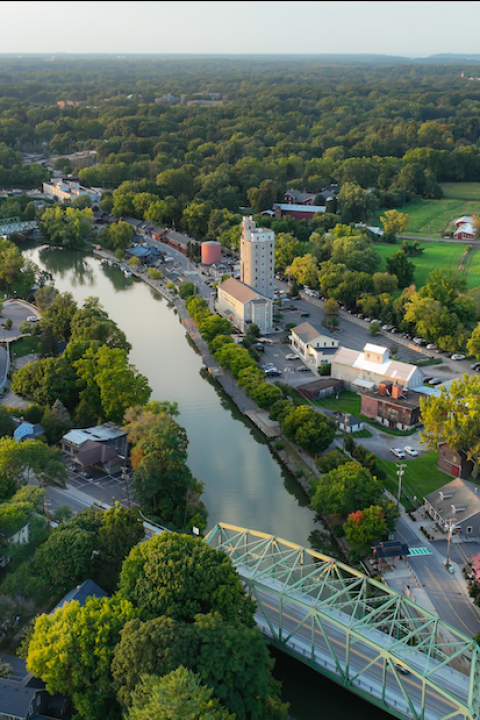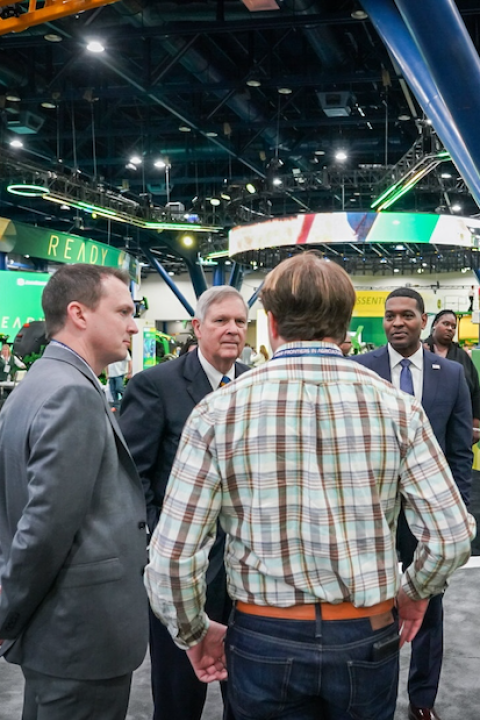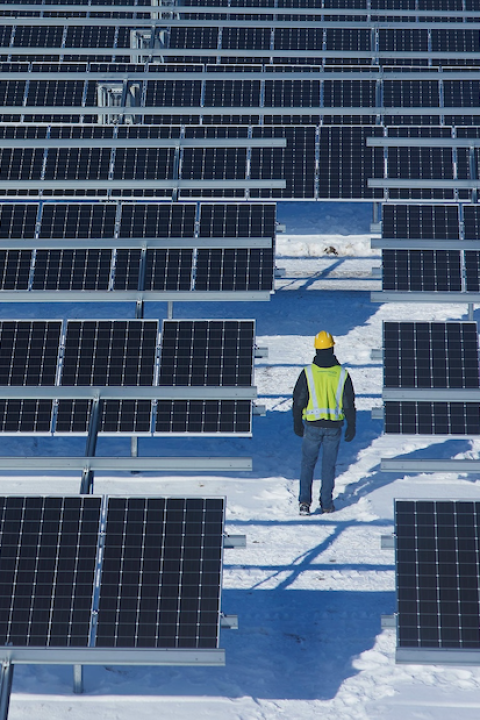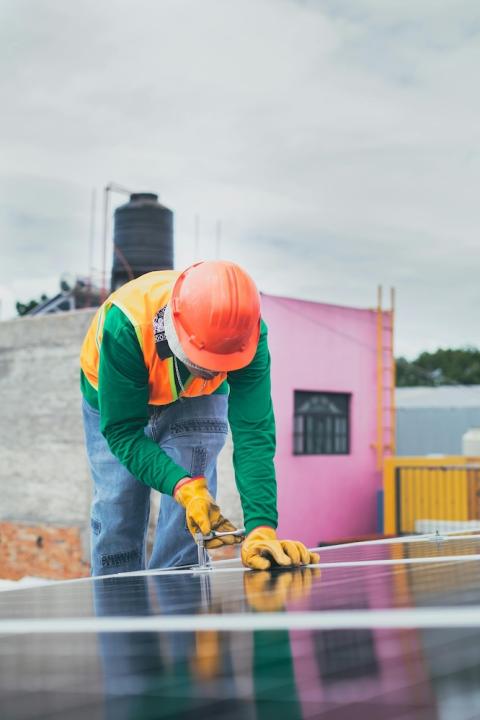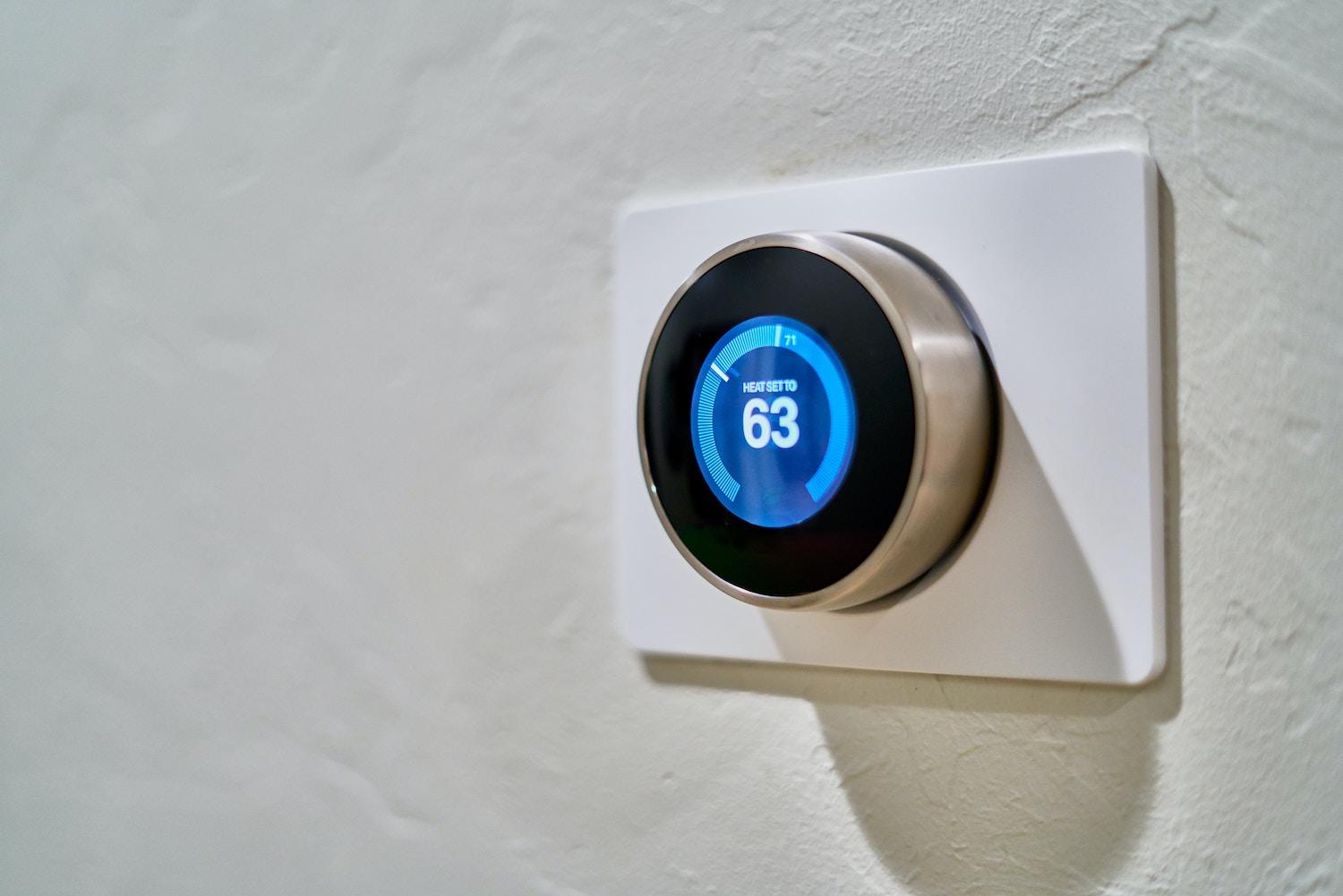
In the year since the enactment of the U.S. Inflation Reduction Act (IRA), more than $270 billion in private investments flowed into more than 80 domestic clean energy projects and manufacturing facilities. This surpasses the cumulative investments made in such projects over the previous eight years.
At the same time, individuals are capitalizing on IRA-incentivized opportunities to enhance the sustainability of their homes. However, due to a technicality, many homeowners are constrained from accessing one of the most sustainable sources of heating and cooling available today: geothermal heat pumps.
Heat pumps use electricity to move heat in and out of a space. Refrigerators and freezers use heat pumps, but many building managers and homeowners are turning to the devices to heat and cool buildings, too.
Geothermal heat pumps rely on the steady temperature found underground to pull heat into the home during the winter and as a place to dump heat from inside a home to cool it. Ground loops — plastic pipes filled with water and antifreeze — facilitate the heat exchange. With system lifetimes of 50 to 100 years, ground loops can provide cost-effective clean energy to a building for the long term.
Due to various constraints like location restrictions, its potential to cause small earthquakes, and high start-up costs, geothermal electricity production is only possible in a limited number of environments around the world. But geothermal heating and cooling can be installed anywhere.
“In order to get fossil fuels out of homes and businesses, we need to move to heat pumps,” said Heather Deese, director of policy and regulatory affairs at Dandelion Energy, a supplier of geothermal heating and cooling systems. “There are higher upfront costs to install a ground loop, but the returns come quickly with lower heating and cooling bills.”
Homeowners in many parts of the United States would save hundreds or thousands of dollars in energy bills with a switch to geothermal heating and cooling, but current regulation is hampering widespread adoption.
“Individuals can get tax credits if a geothermal business puts a system on the property, but the business owner needs to be able to claim the tax credit in order to make this deal work. There is currently a question about their ability to claim the tax credit for the ground loop installed on a property,” Deese said. “In the past, due to government policies and priorities surrounding climate and clean energy, the IRS has provided safe harbor, to reassure third-party system owners that they won't try to catch them on a technical detail. That’s what we are looking for from the IRS now.”
The U.S. Internal Revenue Service (IRS) allows third-party ownership programs for people who want to install rooftop solar panels but do not want to purchase their own system and pay for installation. These programs allow companies to use homeowners’ roofs and pay them for the electricity that their solar panels produce. Today, a third of all U.S. rooftop solar installations are governed by a third-party ownership arrangement. Geothermal providers want the same considerations for their geothermal heating and cooling systems.
An IRS safe harbor guidance for these systems on top of the tax credits available through the IRA would be a boon for clean energy, Deese said. “If we can unlock third-party ownership, we project 40 to 50 percent faster growth,” she said. “Which means 90,000 new geothermal drilling and HVAC installation jobs and 64 million metric tons of greenhouse gas emissions saved.”
While manufacturers are constantly innovating heat pumps for greater efficiencies, the beauty of the geothermal heating and cooling system is in its simplicity, Deese said.
“I am so enthusiastic about working in this industry because in some ways this really is low-tech,” she said. “The geothermal ground loop is literally number two plastic made into a loop in the ground, with water and a little bit of antifreeze that is circulated to either pick up heat from the ground or transfer heat to the ground. It can feel like magic.”
Image credit: Dan LeFebvre/Unsplash
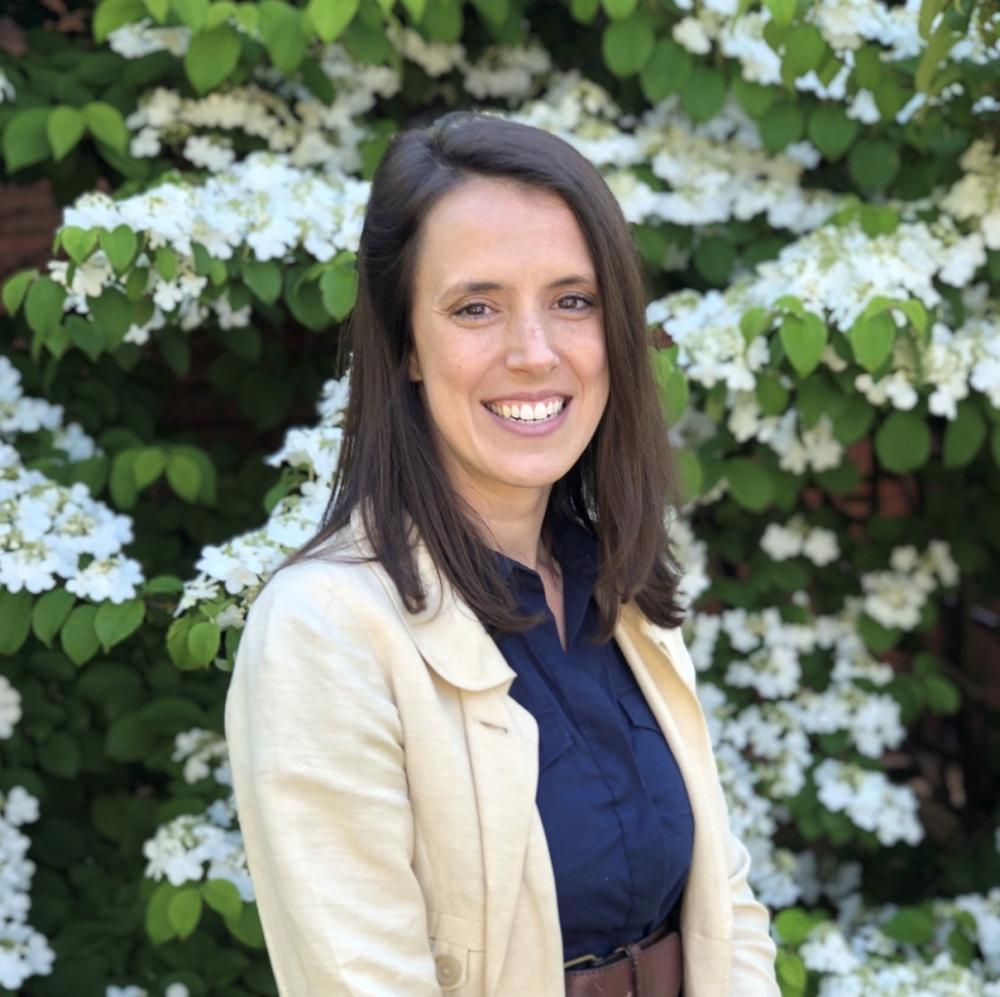
Mary Riddle is the director of sustainability consulting services for Obata. As a former farmer and farm educator, she is passionate about regenerative agriculture and sustainable food systems. She is currently based in Florence, Italy.



